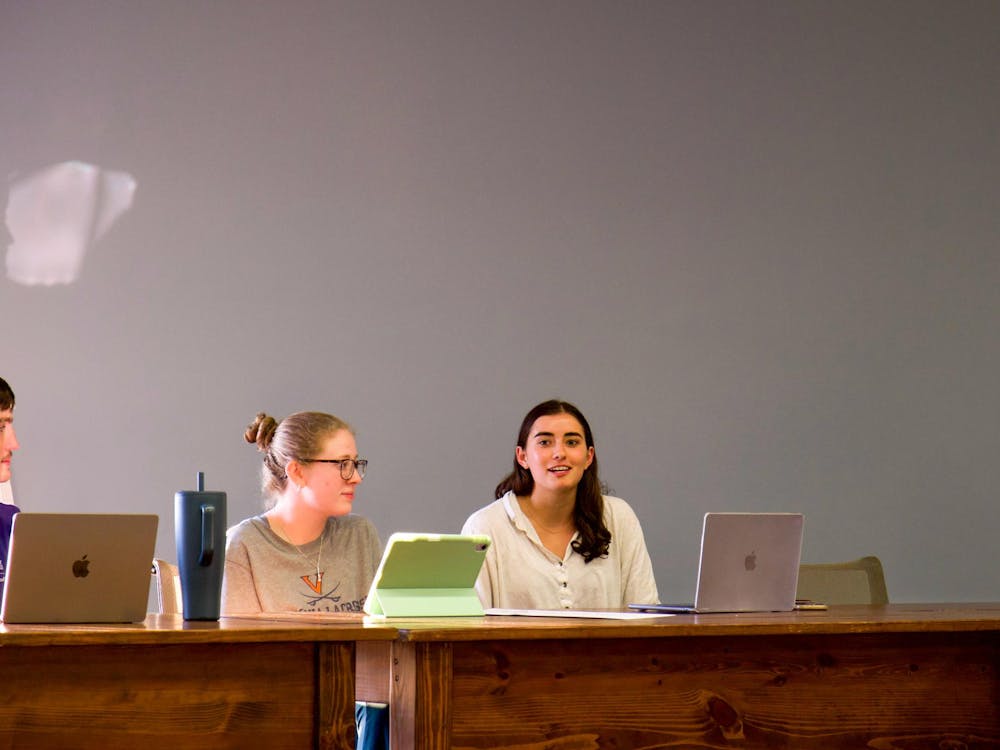According to a report released Monday by the American Lung Association, tobacco use among college students has declined to its lowest level since 1980. The report stated, however, that tobacco companies continue to have a strong presence on college campuses and target college students.
Janice Nolen, ALA assistant vice president of national policy and advocacy, said the report did not conduct original research, but instead compiled research done by other organizations and presented it as an overview for the general public in order to show a comprehensive view of national trends.
In 2006, 19.2 percent of college students were regular smokers, Nolen said. According to Nolen, this figure is encouraging because it is lower than the average of all adult smokers — 21 percent — and lower than the average of college-age smokers — including both college students and smokers of the same age — which is more than 35 percent.
Nolen said a goal of the Centers for Disease Control and Prevention is to decrease the percentage of college students who smoke to 12 percent. The national decrease, however, may not be a permanent one.
“The good news is that smoking rates among college students have dropped to the lowest level since the early 1980s, but they have been that low before and then spiked,” Nolen said.
Susan Bruce, director for the University’s Center for Alcohol and Substance Education, said the University has also seen a decrease in the number of students who smoke. Based on a survey conducted in February 2008, she said, 18 percent of University students had smoked within the last month, compared with 37.8 percent in 1998. She attributed this decrease to increased public awareness of the risks of tobacco use, in part because of efforts made by CASE and Student Health to educate students and provide resources for students who want to quit smoking.
University Policy Manager Lynn Mitchell said another way the University has encouraged smokers to quit is by forbidding smoking in any University facility or vehicle, with the exceptions of family and faculty staff housing units and “students who entered the housing system for the 2004-05 academic year or earlier with the expectation of being able to smoke and re-signed for their current residence space.”
She added that the University is in the process of changing its policies to prohibit smoking within 25 feet of the building.
In order to aid the continuing decrease in the number of college smokers, Nolen said the ALA encourages colleges to refuse money from tobacco companies and to become tobacco-free areas, noting that several colleges have already committed to becoming smoke- or tobacco-free by a certain date.
The University is, however, not against accepting monetary gifts from tobacco companies if the money is given under certain conditions, University spokesperson Carol Wood said. Wood cited the example of a $25 million gift the University received from Phillip Morris USA in February 2007 to support independent research within the Medical School and the Commerce School.
This research works toward reducing the harm of smoking, improving the effectiveness of smoking cessation efforts and preventing smoking among youth, Wood said. She noted that the University’s decision to partner with the tobacco company was made “thoughtfully” and under the stipulation that Phillip Morris would not have input into the research.






